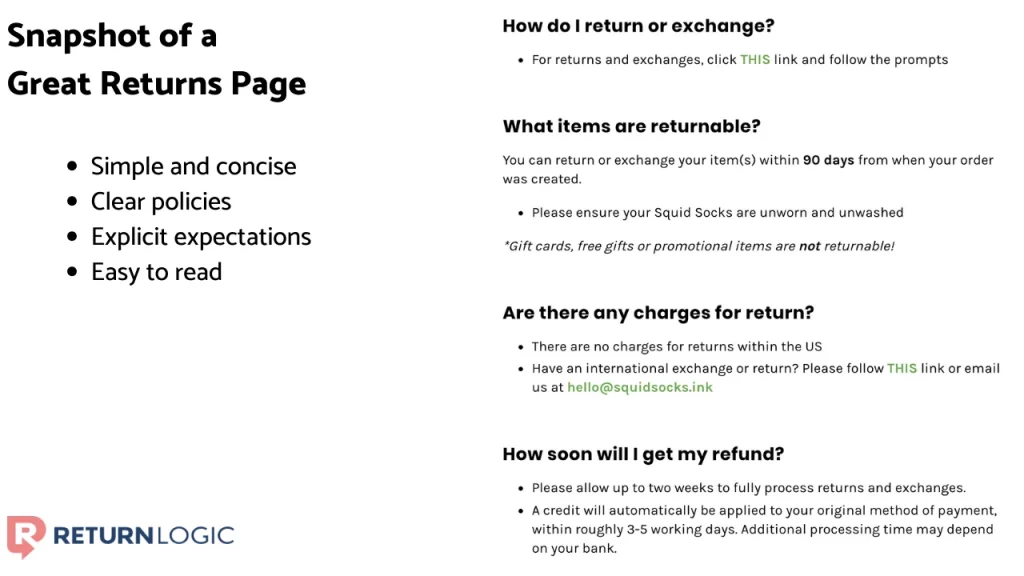Happy Returns Experience: Customer Centricity in Returns Management

Addressing Customer Centricity
Customer centricity appears to be a simple concept. Deliver a great experience at all stages of the customer experience, and you’ll enjoy higher profits and a distinct advantage over your competitors.
If it seems too good to be true, well, you know the rest.
That’s because no two retailers are the same, and no two shoppers are the same either. Each customer has unique needs, patterns of activity, and affinity toward your brand.
Some shoppers will purchase every month, and some will buy once a year. Some can’t resist new product releases, while others hunt for a good deal.
That’s not to say that any single behavior is better than the others or that these behaviors are unchanging.
Although the optimal return experience will vary case by case, it’s still important for us to recognize foundational elements of customer-centricity within return management.
What is Customer-Centric Return Management?
The core principle is that returns impact the customer experience.
Think of it this way: when a shopper returns a product, assume they will tell a friend. What kind of experience will they share?
Return management isn’t just about processing returns; it’s about handling a delicate and often overlooked part of the customer experience.
UI/UX of a Return
Up to 40% of your shoppers will return a product at some point, so this part of the e-commerce journey demands proper attention.
It starts with building confidence early. Returns due to the product’s quality or description can be detrimental to the customer relationship.
Provide ample product description, images, and social proof in your product pages to build confident purchase decisions.
When a shopper decides to return a product, the return page needs to be easy to find.
Be sure to keep it simple – the last thing the shopper wants is to be greeted by a generic page full of excessive text.

Here, we see an excellent example of a return page. Notice that it’s short, easy to read, and sets clear expectations.
Return Policies
No one likes returning a product they bought online, but it’s a perfectly natural part of the e-commerce customer lifecycle.
If the retailer makes the return a hassle or severely limits the customer’s ability to do so, it can seriously jeopardize the customer relationship.
We recommend that you begin with lenient and clearly defined return policies.
Return policies not only affect the return experience, they can affect your conversion as well.
As many as two-thirds of your shoppers may check your return page before making a purchase.
The Return Process
Customers expect to receive their refund, exchange, or store credit quickly.
So once the shopper has initiated a return, the new goal is to process that return as efficiently as possible.
Many retailers outgrow a manual return process but don’t know when is the time to switch.
Shoppers expect to be in the loop regarding the status of their returns, so be sure to give shoppers status updates along the way.
Listen to Your Shoppers
With access to robust return data, retailers can improve the shopper experience for the future.
This improvement includes reducing the return rate, helping shoppers find new products, and enhancing return management operations.
We’re all looking for customer feedback. Return data holds crucial insights from shoppers that would get overlooked otherwise.
In Summary
Customer centricity doesn’t stop at the time of purchase. It requires a holistic framework of creating positive experiences for your shoppers at every step of the way. That includes your return management strategy.
Customer experience is a core element of return management solutions.
Although the ideal set of product return strategies will vary by company and shopper, every business should incorporate customer-centricity into their e-commerce return experience.





